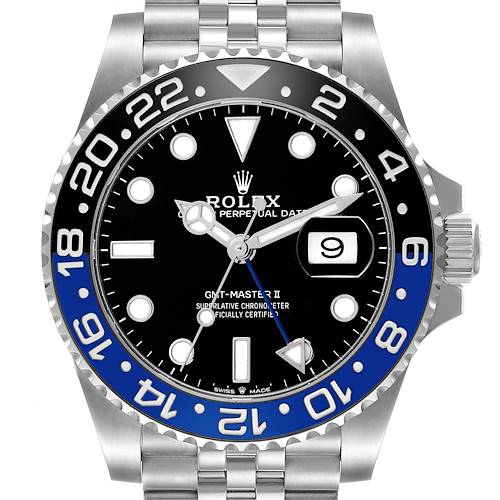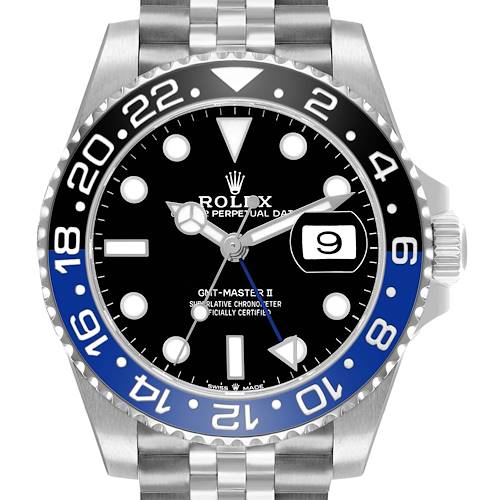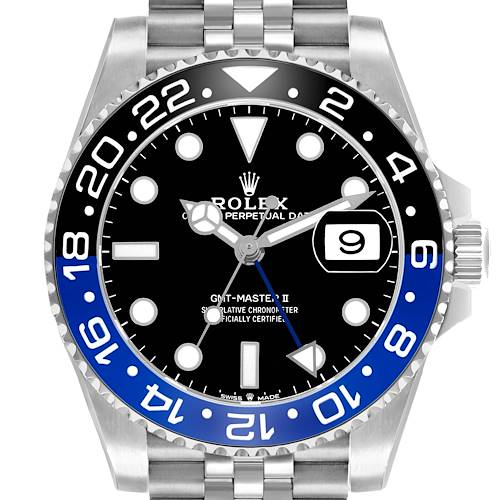- CALL US 404-814-1814
- LIVE SUPPORT
- EMAIL US
-
WISHLIST (0)
-
CART(0)
men's Rolex GMT-Master Batgirl Watch Collection
3 MATCHES FOUND
- In stock
- Sold
- View all
- In stock
- Sold
- View all




